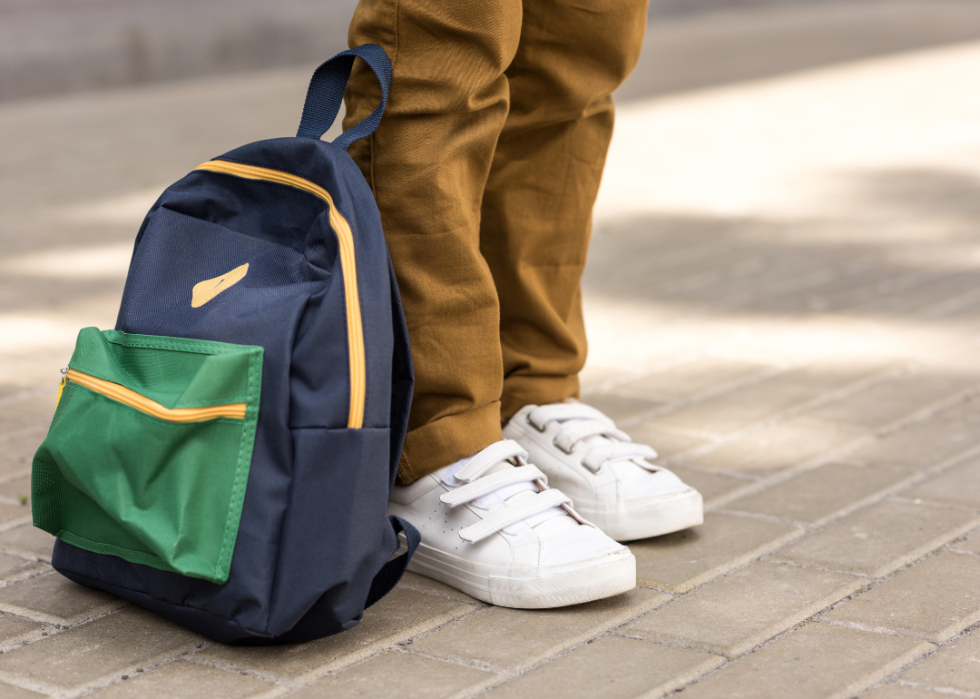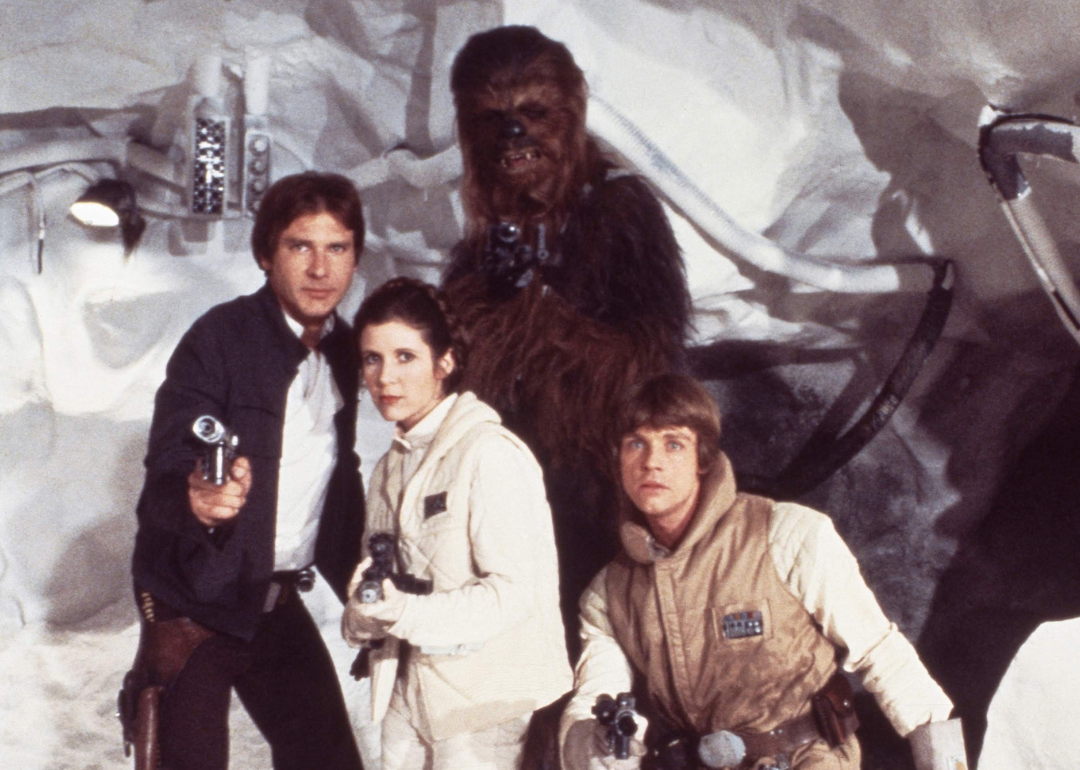
Best high schools in the Billings metro area
According to the latest data from the National Center for Education Statistics, 15.5 million students attend public high school every year, and more than 3.76 million are expected to graduate in 2025. However, those students have a wide variety of experiences over the course of their high school careers.
To start, issues surrounding equal educational access persist throughout the United States. A January 2025 report published in Frontiers found that disparities across socioeconomic status, race, gender, and geography can lead to negative outcomes and the perpetuation of systemic barriers.
Outside of these issues, students also pursue many different paths within high school. Roughly 8.3 million high schoolers attend educational programs to prepare for careers in fields like transportation, landscaping, and culinary arts. Meanwhile, nearly 2.5 million are in dual enrollment programs that offer high school and college credit for the same course, allowing students to get a jump on higher education degrees.
Dual enrollment programs are particularly useful considering that more than 3 in 5 (61%) high school graduates head to college, per a 2024 Bureau of Labor Statistics report. Unfortunately, high school doesn't always guarantee college success. In 2024, the average SAT score declined for the third straight year, and nearly 2 in 5 (39%) test-takers met or exceeded the test's college readiness benchmarks. ACT scores are also on the decline year over year, down to 19.4 out of 36, and just 3 in 10 students met at least three of the ACT's college readiness benchmarks.
With that said, attending a quality high school will typically help prepare students for their next steps in life, whether that's college, technical school, or going straight into the workforce. Stacker compiled a list of the best high schools in the Billings metro area using data from Niche, which uses seven weighted factors for its rankings. Most of the score is based on academics, but other factors include culture and diversity; sports; clubs and activities; resources; and surveys of parents, teachers, and students.

#12. Yellowstone Academy
- School type: Private School
- Location: Billings, MT
- Enrollment: 70 (4:1 student to teacher ratio)
- Niche grade: unavailable

#11. Lockwood High School
- School type: Public School
- Location: Lockwood K-12, MT
- Enrollment: 546 (17:1 student to teacher ratio)
- Niche grade: C minus

#10. Laurel High School
- School type: Public School
- Location: Laurel, MT
- Enrollment: 619 (15:1 student to teacher ratio)
- Niche grade: C

#9. Park City High School
- School type: Public School
- Location: Park City, MT
- Enrollment: 102 (11:1 student to teacher ratio)
- Niche grade: C

#8. Joliet High School
- School type: Public School
- Location: Joliet, MT
- Enrollment: 139 (13:1 student to teacher ratio)
- Niche grade: B minus

#7. Billings Christian Schools
- School type: Private School
- Location: Billings, MT
- Enrollment: 279 (11:1 student to teacher ratio)
- Niche grade: B minus

#6. Skyview High School
- School type: Public School
- Location: Billings High School District, MT
- Enrollment: 1,602 (19:1 student to teacher ratio)
- Niche grade: B minus

#5. Shepherd High School
- School type: Public School
- Location: Shepherd, MT
- Enrollment: 253 (13:1 student to teacher ratio)
- Niche grade: B

#4. Huntley Project High School
- School type: Public School
- Location: Huntley Project Public Schools, MT
- Enrollment: 230 (13:1 student to teacher ratio)
- Niche grade: B

#3. Billings Senior High School
- School type: Public School
- Location: Billings High School District, MT
- Enrollment: 1,739 (17:1 student to teacher ratio)
- Niche grade: B+

#2. Billings West High School
- School type: Public School
- Location: Billings High School District, MT
- Enrollment: 2,269 (16:1 student to teacher ratio)
- Niche grade: B+

#1. Billings Central Catholic High School
- School type: Private School
- Location: Billings, MT
- Enrollment: 1,113 (15:1 student to teacher ratio)
- Niche grade: A minus
This story features data reporting by Rob Powell, writing by Jill Jaracz, and is part of a series utilizing data automation across 97 metros.



